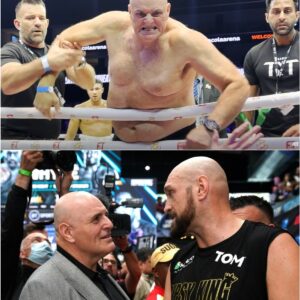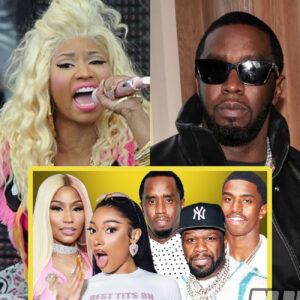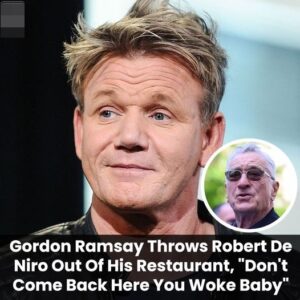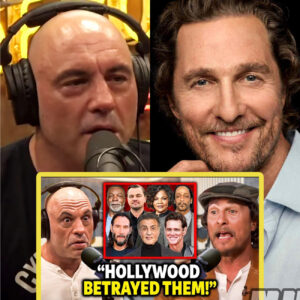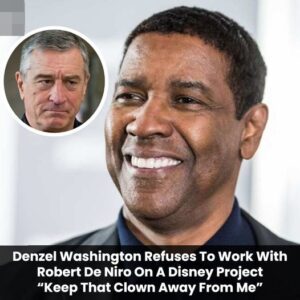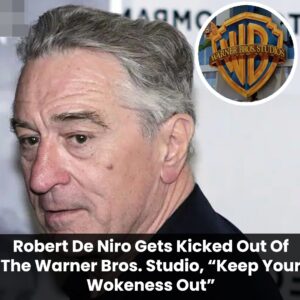# The Shadowy Legacy of Suge Knight and the East Coast-West Coast Hip-Hop Feud
In the annals of hip-hop history, few figures are as polarizing and feared as Marion “Suge” Knight. As the co-founder and CEO of Death Row Records, Knight’s influence in the music industry during the 1990s was unparalleled, yet his reign was marked by intimidation, violence, and a deep-seated rivalry that culminated in the tragic deaths of two of the genre’s brightest stars:

Tupac Shakur and Christopher “Biggie Smalls” Wallace. The narrative of Knight’s terror and the ensuing East Coast-West Coast feud is a complex tapestry of power, fear, and betrayal.
## The Fear Factor: Suge Knight’s Reign of Terror
Suge Knight’s reputation for intimidation and brutality was well-documented by those who crossed his path. Artists and industry insiders alike recount tales of fear and submission.
One such story involves Knight physically confronting Jermaine Dupri and Sean “Diddy” Combs (then known as Puff Daddy) in a club, shaking Combs with one hand in a terrifying display of strength and control.
These incidents were not isolated; they were part of a larger pattern of behavior that left many in the hip-hop community in a state of constant fear .
At the Vibe Awards, for instance, Knight’s mere presence caused panic. High-profile individuals, including Russell Simmons and Alicia Keys, fled upon his arrival.
This atmosphere of dread was further illustrated when Knight reportedly robbed artists of their jewelry at the BMI Awards, demanding they hand over their valuables as he sat menacingly in a chair .
## The East Coast-West Coast Feud: A Deadly Rivalry
The rivalry between the East Coast and West Coast hip-hop scenes reached its zenith in the mid-1990s, with Death Row Records on the West Coast and Bad Boy Records on the East Coast at the epicenter.
The animosity between the two camps was both personal and professional, with Knight and Combs representing the respective coasts.
Tupac Shakur, signed to Knight’s Death Row Records, became a central figure in this feud after being shot and later accusing Biggie Smalls and Bad Boy Records of orchestrating the attack.
The tension escalated, culminating in the infamous incident at the MGM Grand in Las Vegas where Shakur was involved in a brawl with Orlando Anderson, a Southside Crip, just hours before his fatal shooting in 1996. Many believe this altercation was orchestrated by Knight as a means to escalate the violence further .
## Diddy’s Role and Allegations
While Suge Knight was widely feared, Sean “Diddy” Combs also faced scrutiny for his role in the feud. Allegations have surfaced over the years suggesting that Combs may have been involved in the orchestration of both Tupac’s and Biggie’s murders.
Former associates have claimed that Combs offered a substantial bounty for the elimination of Knight and his associates, driven by a desperate need to protect himself and his empire from Knight’s relentless aggression .
Greg Kading, a former LAPD detective who investigated the murders, posited that Combs hired Crips gang members to kill Tupac and Knight. This assertion is part of a larger theory that seeks to explain the complex web of violence and betrayal that defined this era of hip-hop .
## The Legacy of Violence
The violence that marked the East Coast-West Coast feud left a lasting scar on the hip-hop community. The murders of Tupac and Biggie remain officially unsolved, though countless theories and speculative accounts continue to emerge.
The fear Suge Knight instilled in those around him was not limited to his enemies; even his own artists and associates were subject to his reign of terror.
Stories of Knight assaulting and extorting those within his circle are abundant, painting a picture of a man whose thirst for power knew no bounds .
Despite Knight’s eventual incarceration, his legacy of violence and intimidation lingers in the memories of those who lived through it. The hip-hop industry has since evolved, but the echoes of this tumultuous period continue to reverberate.
## Conclusion: The Enduring Mystique of Suge Knight and the Feud
The East Coast-West Coast feud and Suge Knight’s role in it remain one of the most compelling and tragic chapters in the history of hip-hop. The deaths of Tupac Shakur and Biggie Smalls, two icons who were lost to senseless violence, serve as a stark reminder of the destructive power of rivalry and vengeance.
Suge Knight’s persona as the ultimate enforcer and Diddy’s alleged behind-the-scenes machinations have fueled decades of speculation and debate.
While the true extent of their involvement in the violent events of the 1990s may never be fully known, their impact on hip-hop is undeniable.
This period serves as a cautionary tale about the perils of unchecked power and the dark side of fame, leaving an indelible mark on the cultural landscape.
In reflecting on this history, it becomes clear that the legacy of Suge Knight and the East Coast-West Coast feud is not just about the music, but about the lives lost and the enduring question of what might have been had peace prevailed over conflict.
News
Drama in the Ring! Tyson Fury Terminates John Fury’s Role as Trainer After Brutal Upset by Oleksandr Usyk
In a dramatic turn of events, Tyson Fury has decided to terminate his father John Fury’s role as his trainer following a brutal upset by Oleksandr Usyk. The unexpected loss has sent shockwaves through the boxing community and led to…
(VIDEO) Megan Thee Stallion BAITS Nicki Minaj into another rap beef? | 50 Cent DRAGS Diddy’s son Christian
**Christian Combs Disses 50 Cent and 50 Responds: A Clash of Hip-Hop Titans** In the realm of hip-hop, beefs and controversies are almost as common as chart-topping hits. Recently, a new chapter unfolded in the ongoing saga between Christian Combs,…
Breaking: Gordon Ramsay Throws Robert De Niro Out Of His Restaurant, “Don’t Come Back Here You Woke Baby”
In a dramatic and unexpected turn of events, renowned celebrity chef Gordon Ramsay has made headlines by reportedly throwing Academy Award-winning actor Robert De Niro out of his restaurant. The incident, which has sparked widespread media attention and public debate,…
(VIDEO) Joe Rogan & Matthew McConaughey Exposes 7 Actors Hollywood BETRAYED
**Unveiling the Dark Side of Hollywood: The Stories of Matthew McConaughey, Keanu Reeves, and Wesley Snipes** Hollywood, often seen as a dreamland of glitz and glamour, has a hidden underbelly that reveals a starkly different reality for some of its…
Breaking: Denzel Washington Rejects $100 Million Disney Offer to Work with ‘Woke’ Robert De Niro, ‘He’s a Creepy Old Man’
In a recent turn of events that has left Hollywood in a state of shock and contemplation, Denzel Washington, a figure synonymous with integrity and talent in the film industry, has made headlines by rejecting a colossal $100 million offer…
Breaking: Robert De Niro Gets Kicked Out Of The Warner Bros. Studio, “Keep Your Wokeness Out”
In a shocking turn of events that has sent ripples through Hollywood, iconic actor Robert De Niro was reportedly thrown out of Warner Bros. Studios. The reason cited? Spreading his “creepiness.” This incident has sparked intense debate and controversy, leaving…
End of content
No more pages to load
